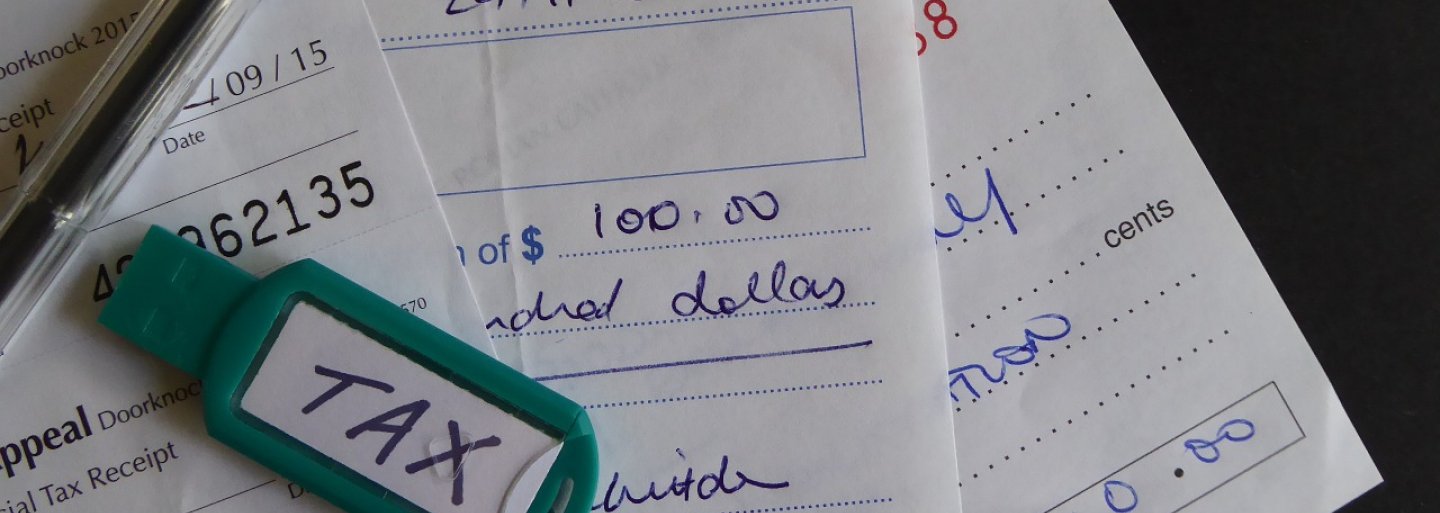
While there were still as many as 60 types of tax in Hungary five years ago, this number was reduced to 54 by the end of last year. This process was interrupted by the recent introduction of crisis taxes. It remains to be seen whether this trend will now be reversed.

While the number of tax types has been reduced over the past five years, the structure of the tax system has remained more or less unchanged. Three major tax types – VAT, social contribution tax, PIT - continue to generate more than half of the tax revenues, of which VAT alone accounts for 30%. Thanks to measures improving the efficiency of tax collection, including the connection of invoicing programmes to the tax authority, central budget revenue from VAT increased by more than 15% last year to reach a record high.
What’s gone
Last year, we finally said good-bye to our first tax type bearing a woman’s name, “eva”. It’s important to note that this was our first simplified tax type designed to move beyond the usual holy trinity of corporate tax, personal income tax and VAT, by which legislators recognised that it makes sense to impose different taxes on small businesses to those levied on companies with billions in revenue.
The spiritual heritage of “eva” is carried on by the “kata”, “kiva” and, to a smaller extent, the “ekho” tax. In fact, not surprisingly, interest in these types of taxes has markedly increased over the past year; central budget revenue from “kata” rose 27% and revenue from “kiva” climbed 70% from a year earlier. Although revenues from these so-called small taxes represent a small part of the budget for the time being (their combined share is less than 2%), they seem to fulfil their tax policy goal.
What barely exists
An interesting colour patch on the palette of the taxes is the advertising tax. This tax type still exists even though its rate has been temporarily reduced to 0%. Even if this tax type is not generating any revenue for the state coffers at the moment, it’s worth keeping an eye on it: according to old tax wisdom, it’s much easier to increase the rate of an existing tax than to introduce a new one.
And what’s just arrived
Already this year’s crop is the “one and a half” new taxes introduced recently, due to the state of emergency. One of the new taxes is the special retail sector tax returning in a dusted-down robe, which – although it started out as a temporary tax – now looks like it’s here to stay with us for a long time to come. However, our other tax introduced due to the state of emergency, the additional tax imposed on banks, cannot in theory be considered a new type of tax as it only added a new tax bracket to the existing tax. From these two taxes, the government projects a combined revenue of HUF 91 billion, which is roughly the same amount as that expected to be collected from the “kiva” tax during the year.
Which way will the scales tip this year?
The newly introduced retail tax also indicates that it’s unclear how the number of tax types will develop this year. Social security contributions are scheduled to be consolidated from July, which will reduce the number of tax types. This merger is certainly a forward-looking move as it’s based on the recognition that it’s not worth splitting taxes according to the way revenue generated by them is used, provided that their tax base is otherwise identical.
At the same time, in the current crisis situation, it wouldn’t be surprising if the legislator wanted to cover the cost of crisis management with additional new tax types. The longer the state of emergency and the related economic crisis last, the more likely it is that new types of taxes will magically appear on the palette.




